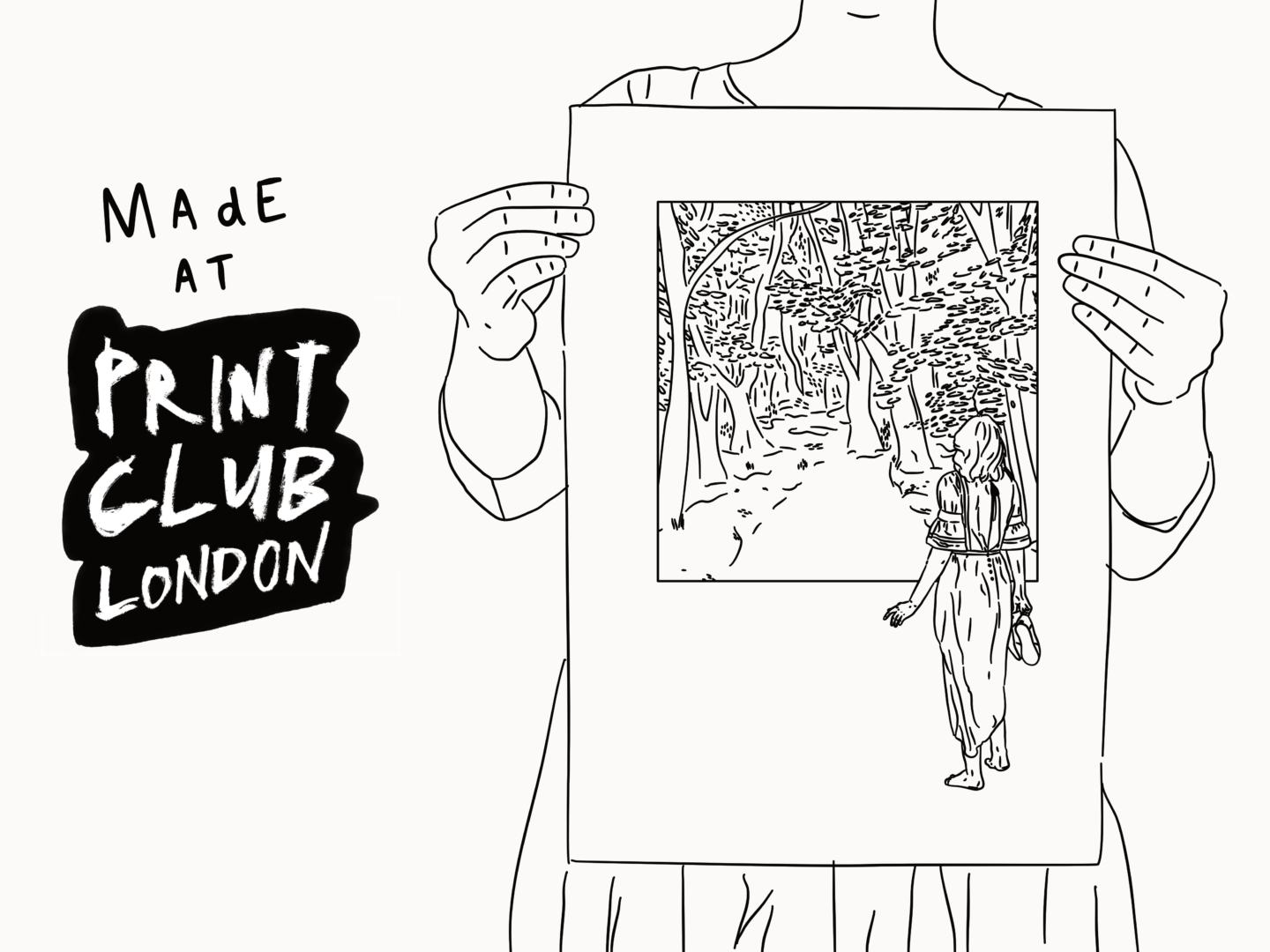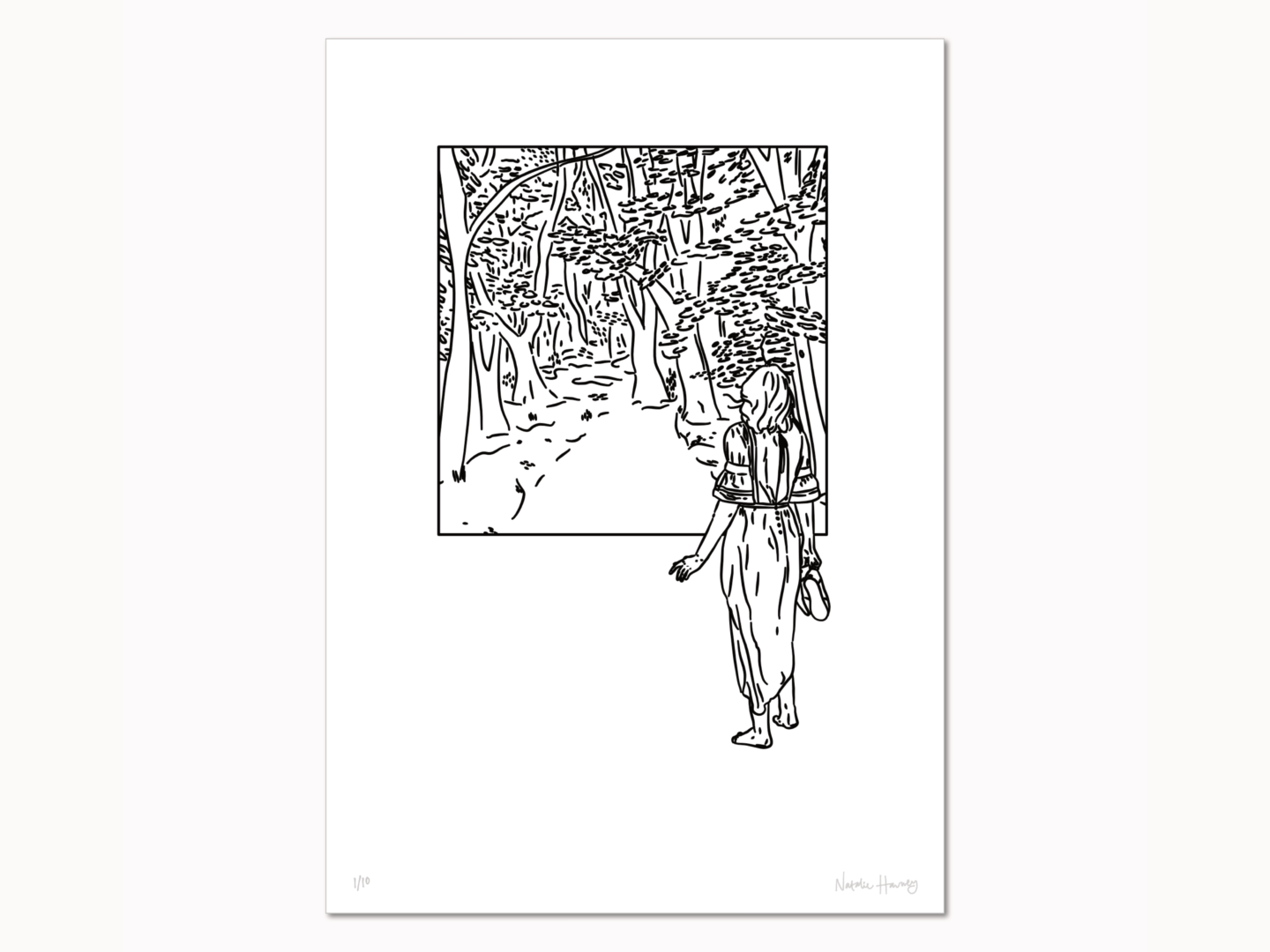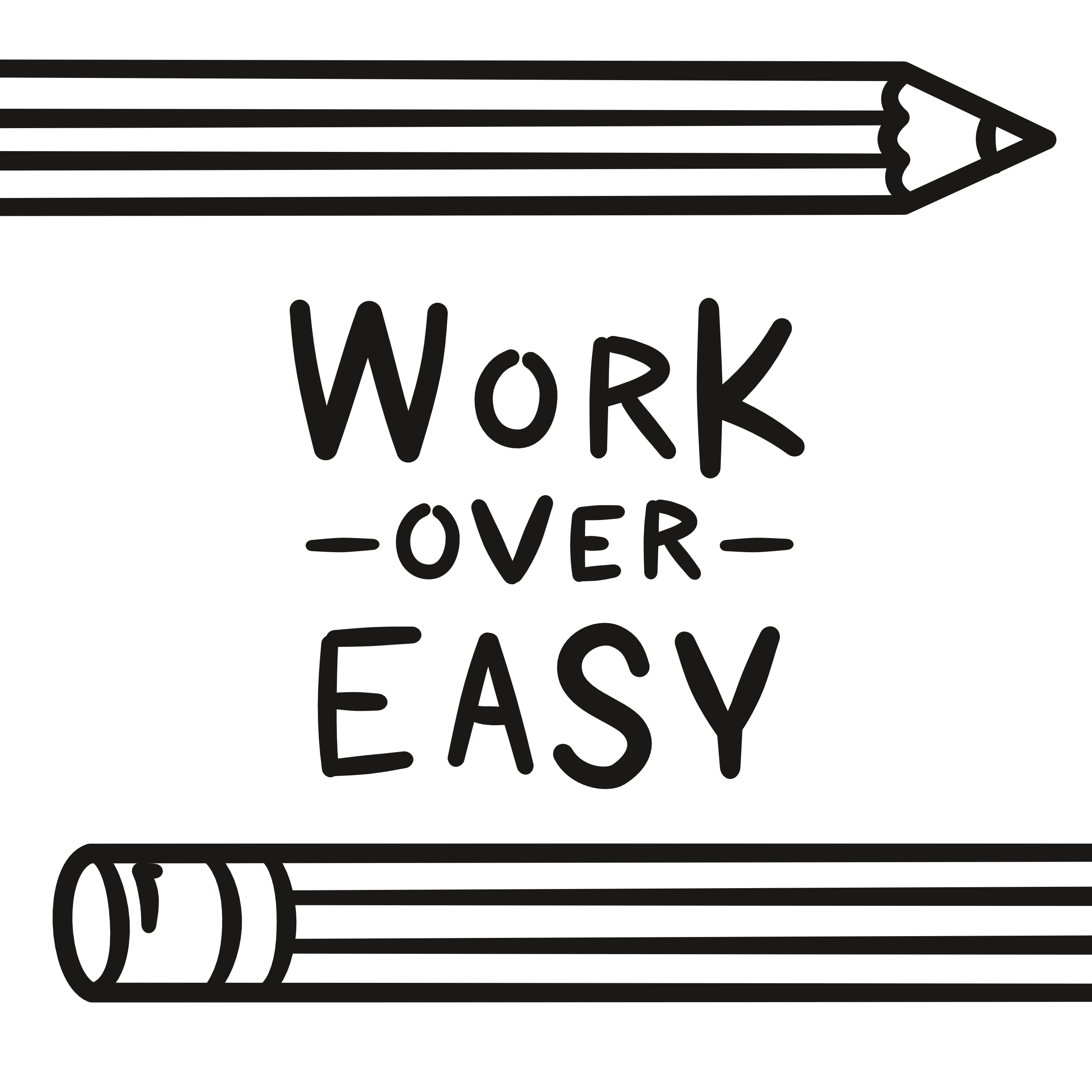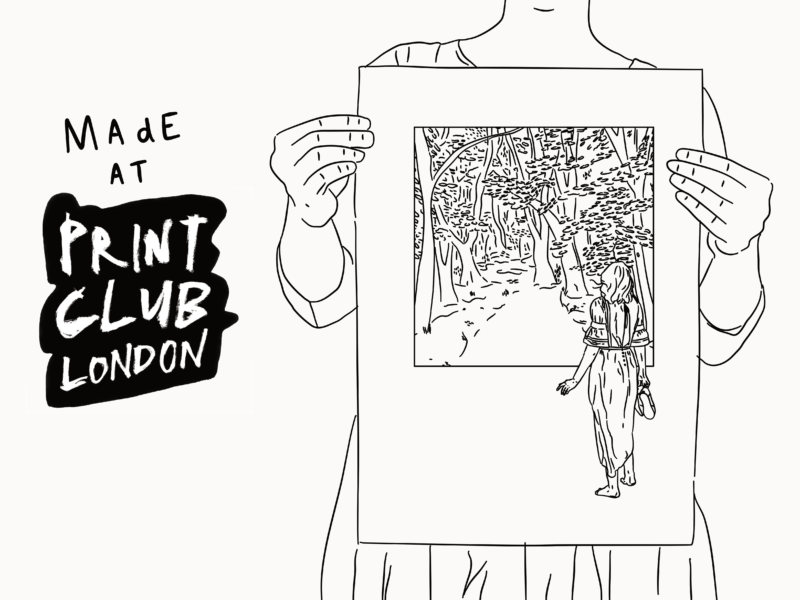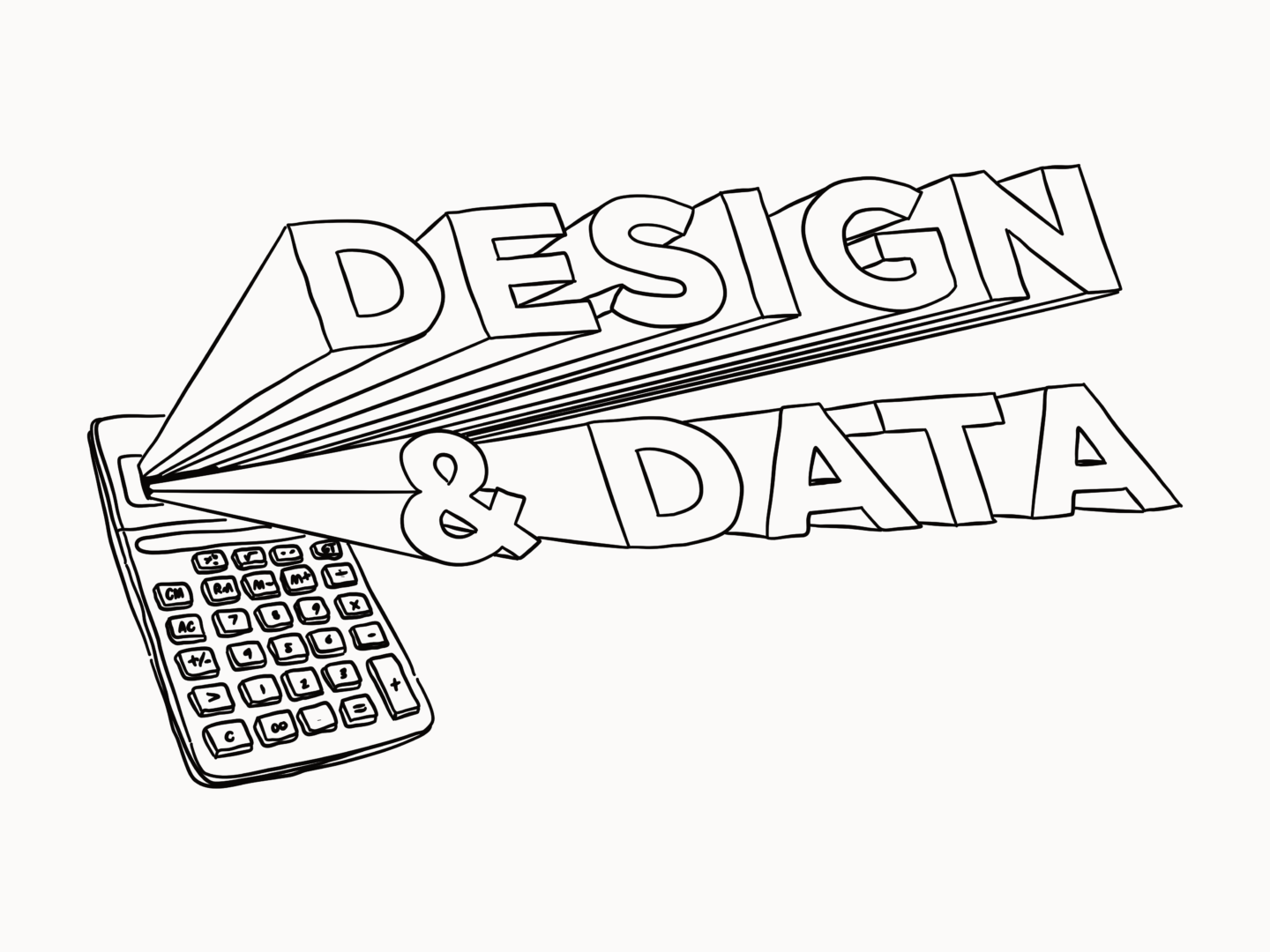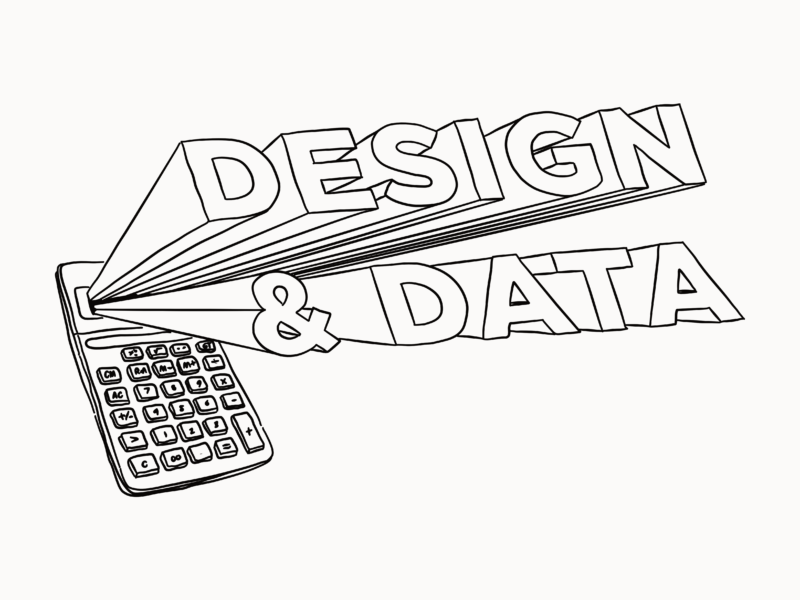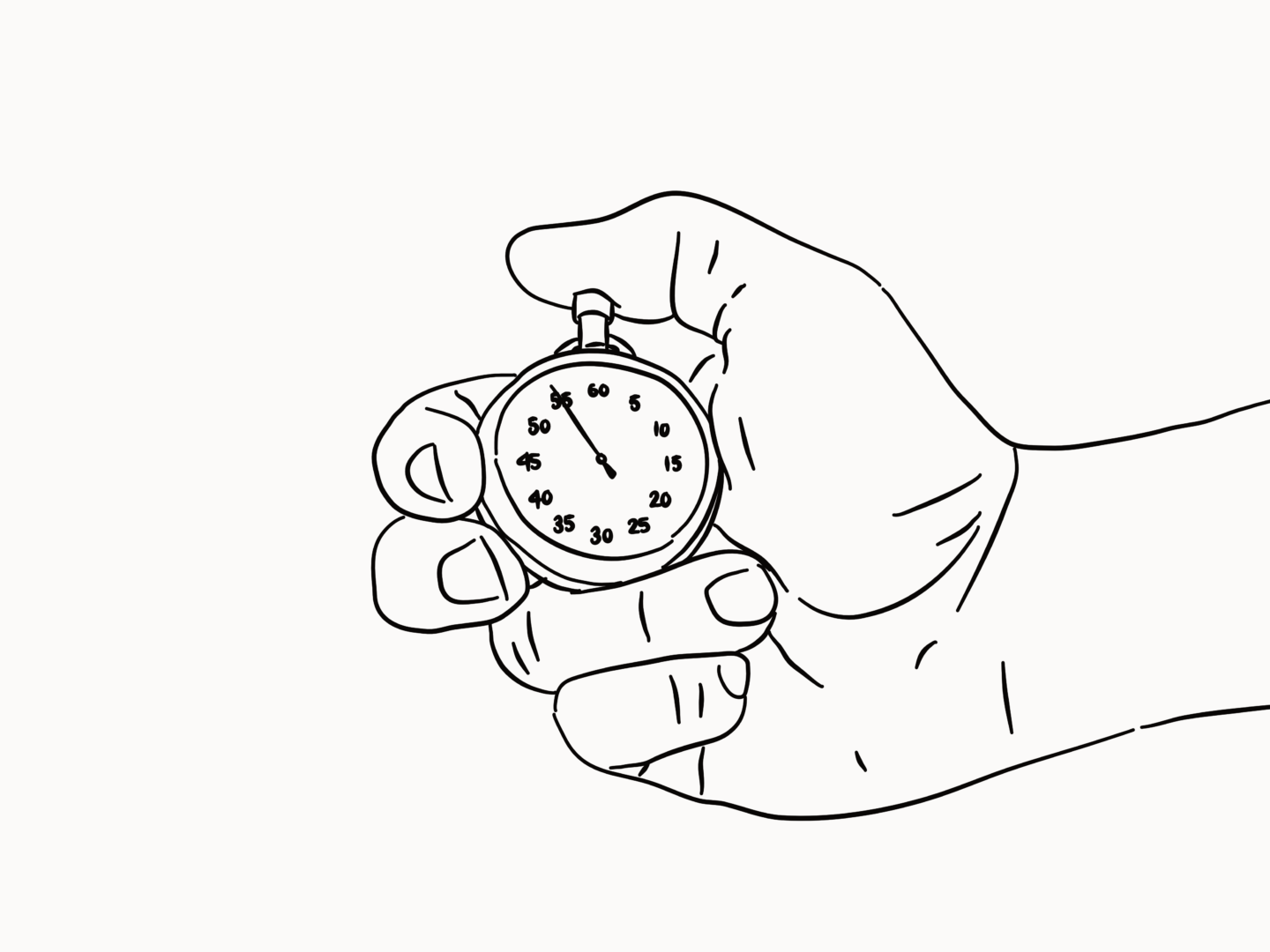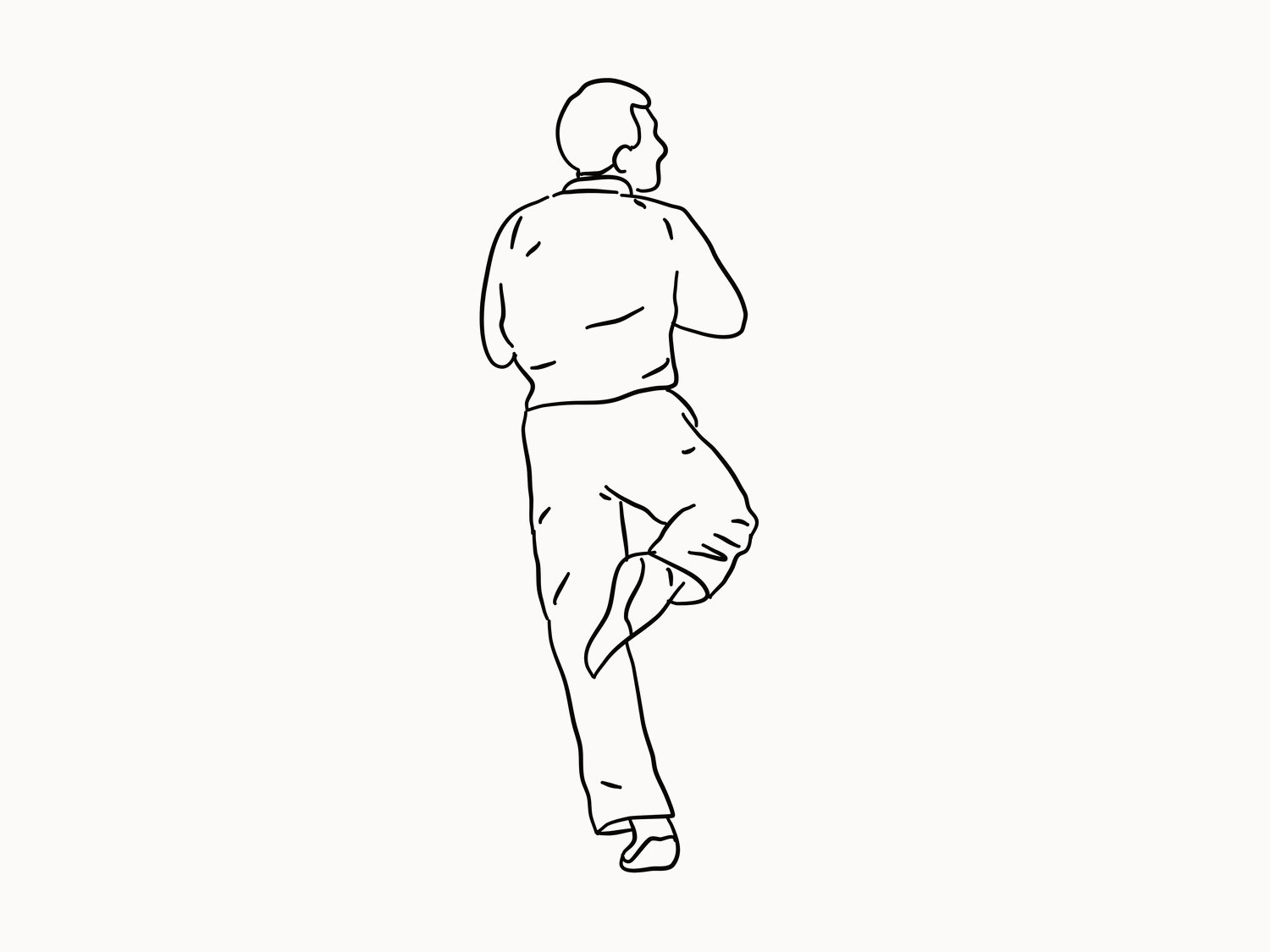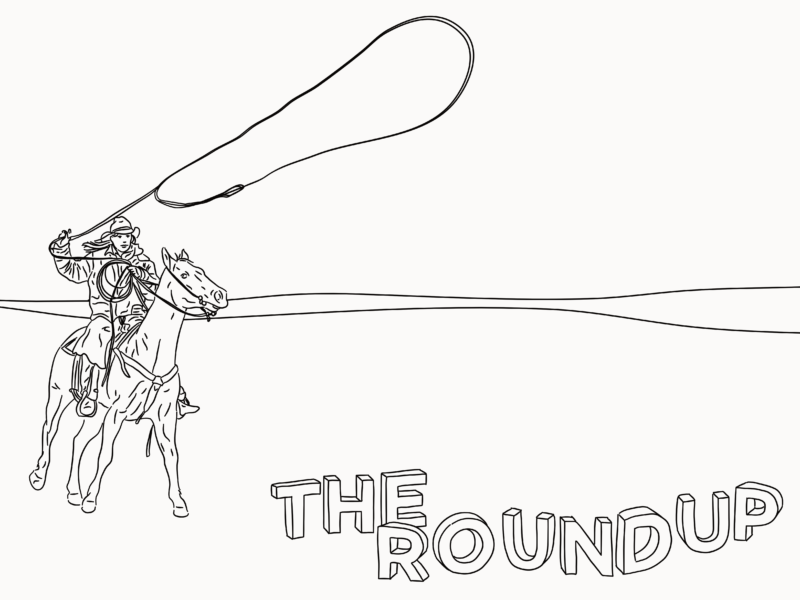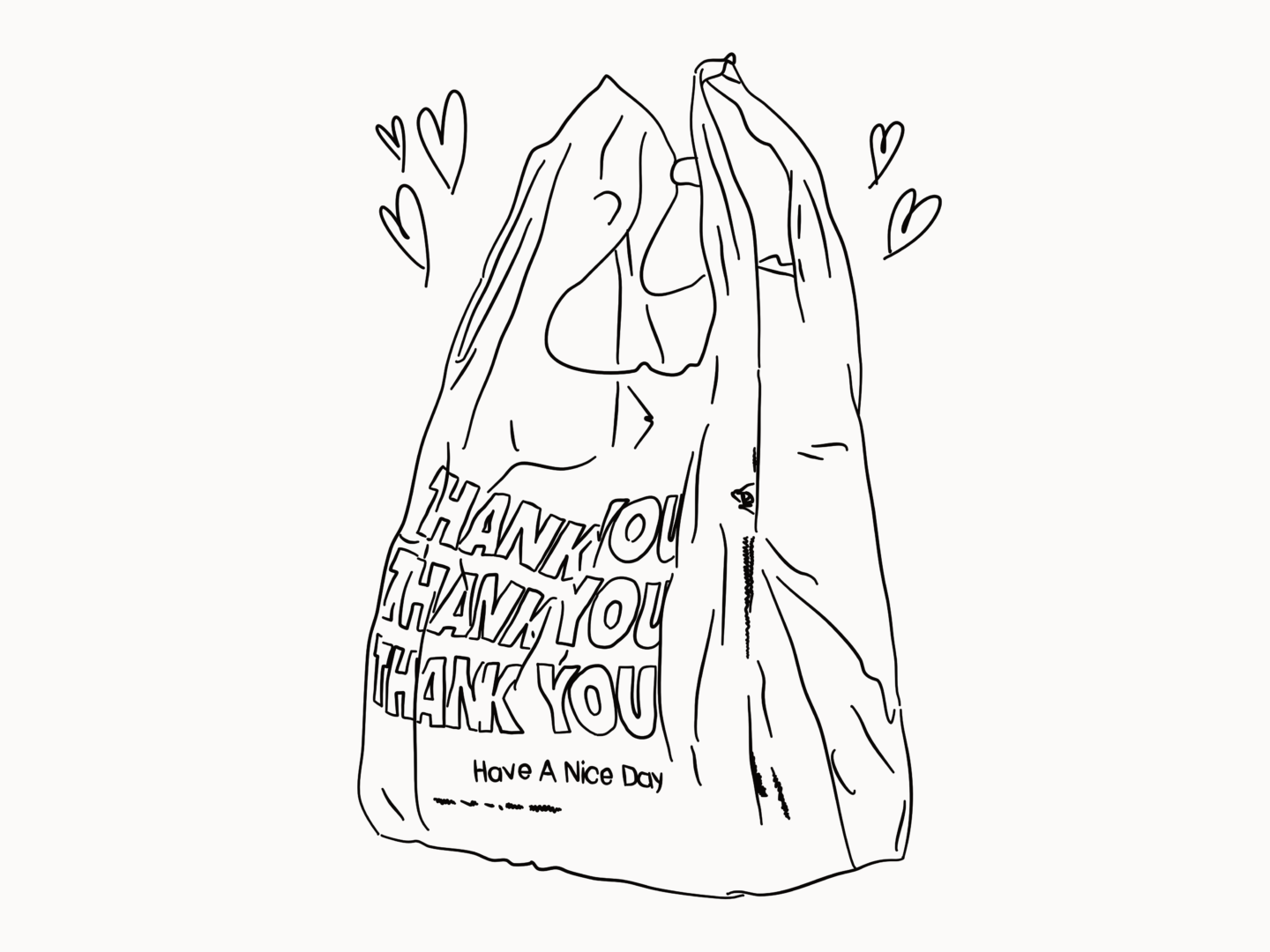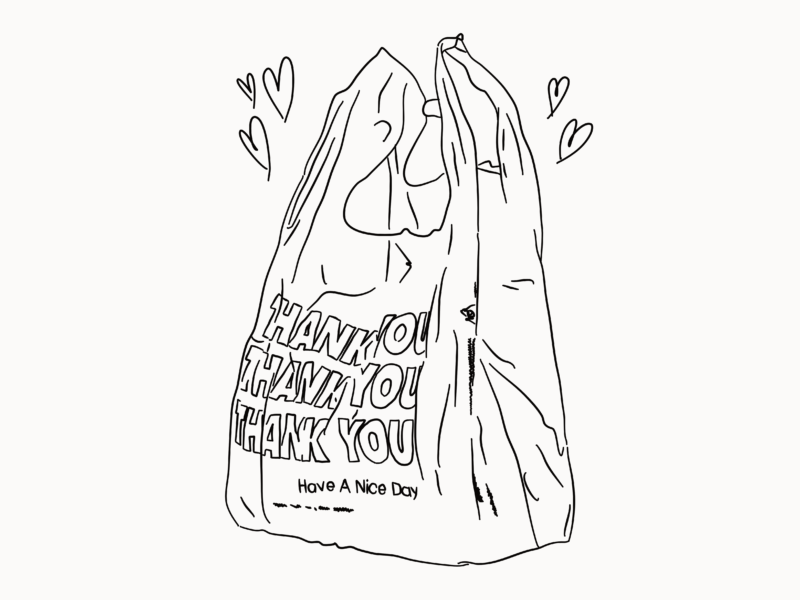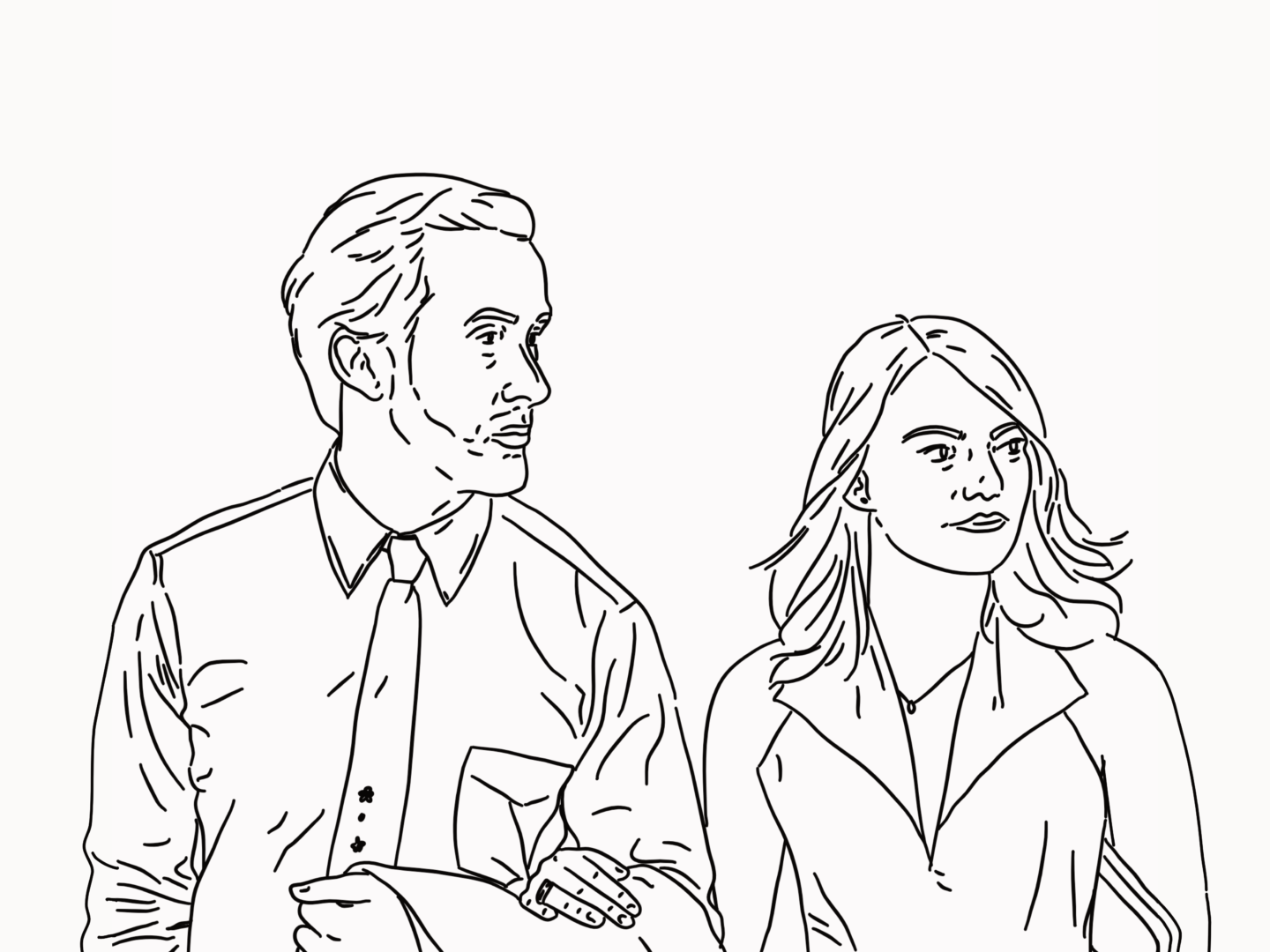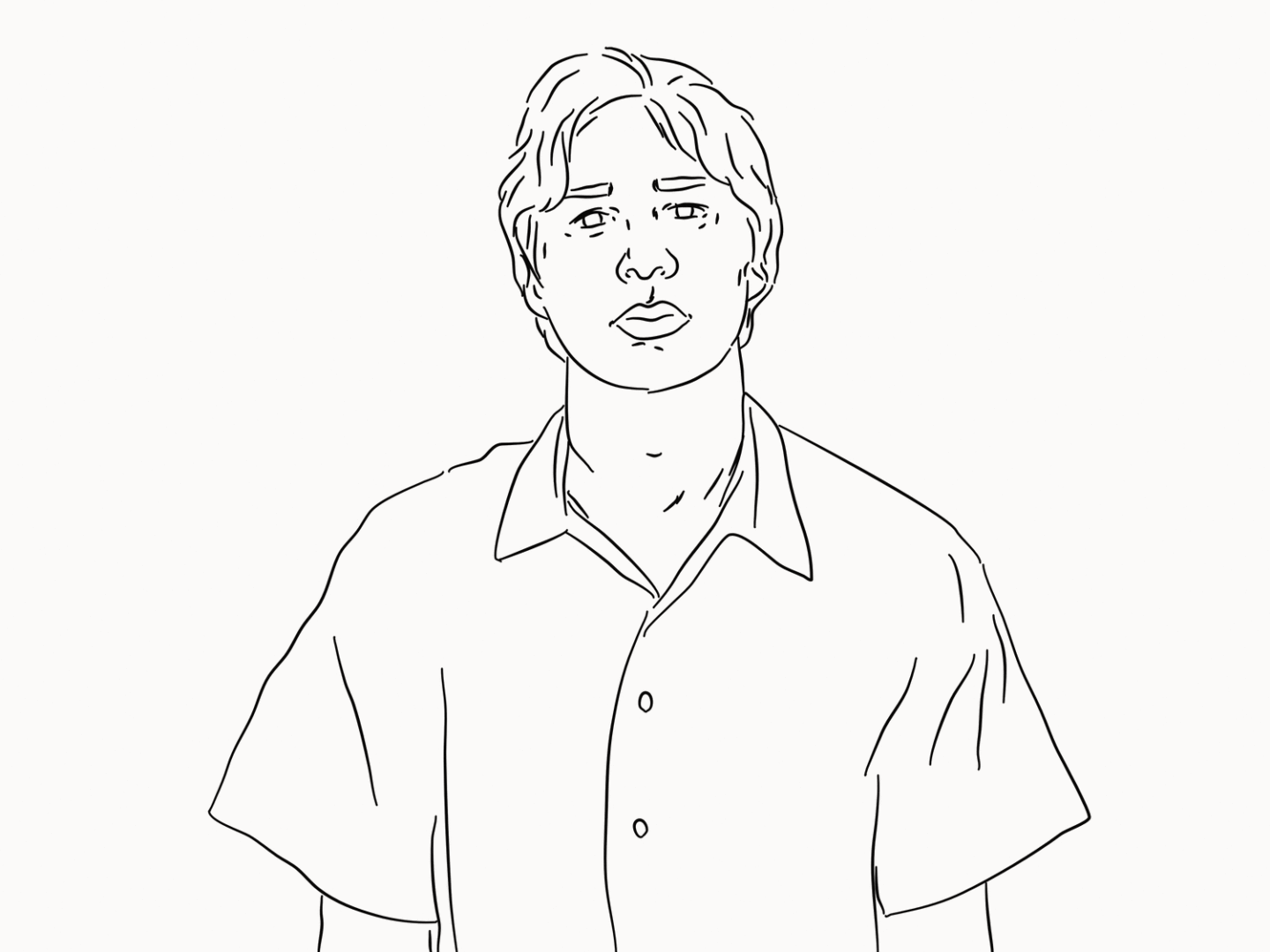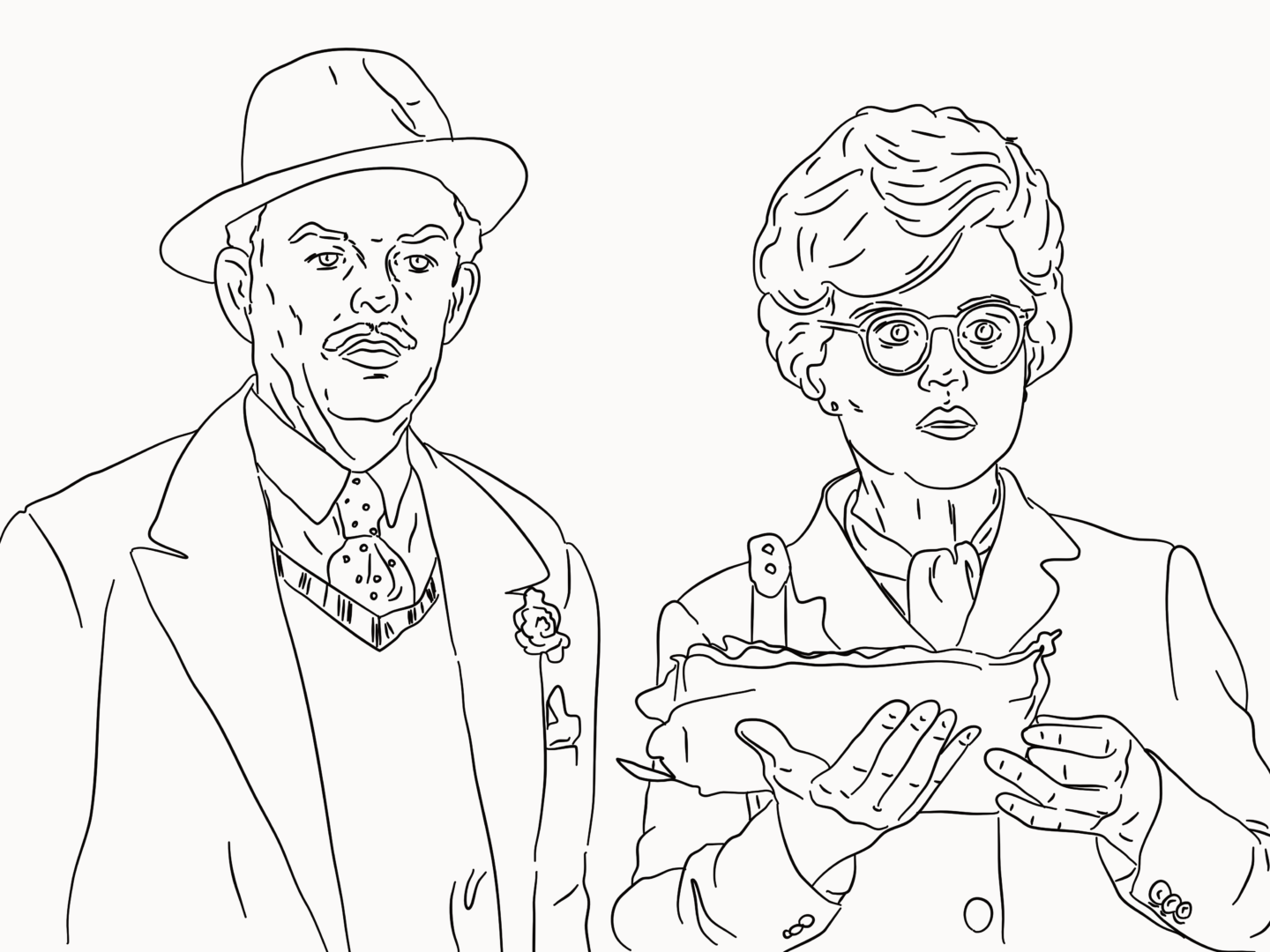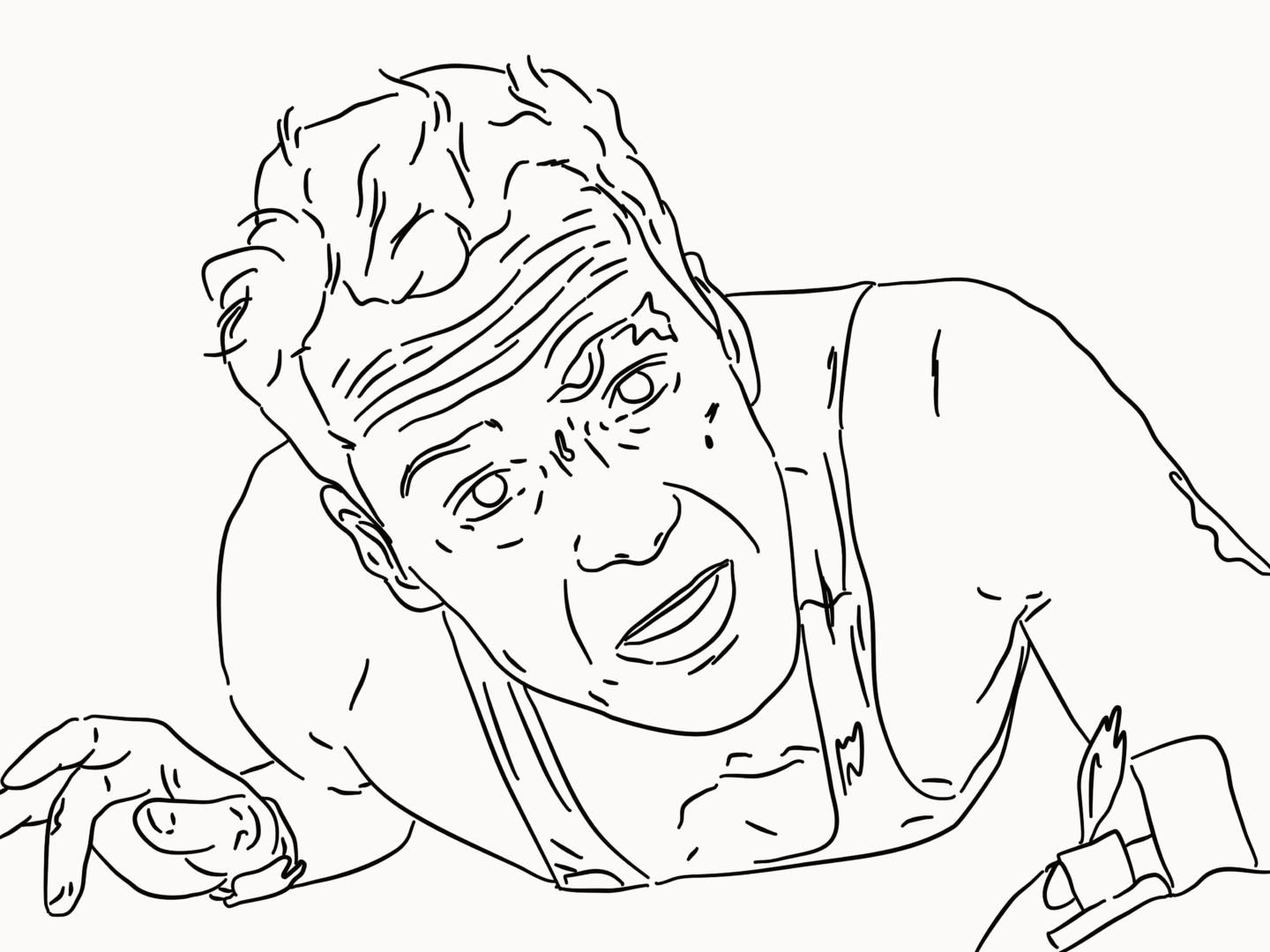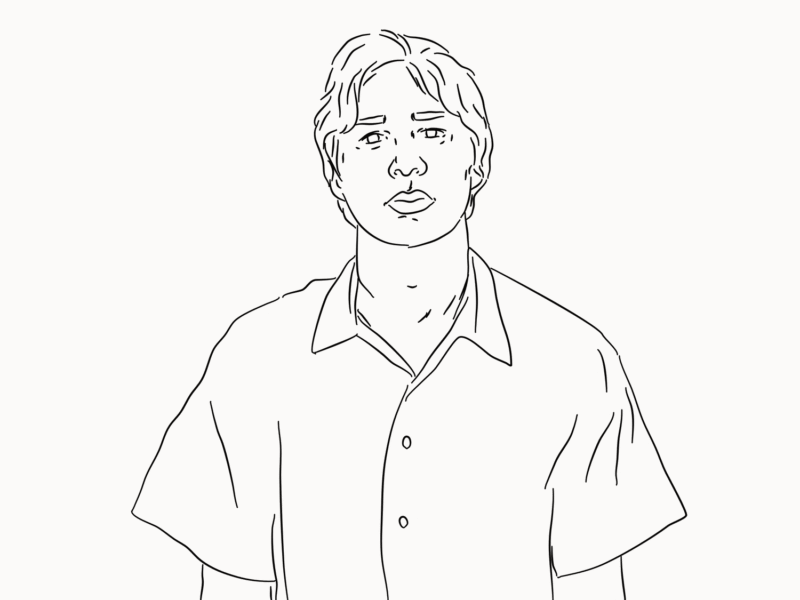I was lucky enough to receive a ticket for one of the beginners classes at Print Club London this Christmas. It was something I’d wanted to do for quite a while, and as this year I’m trying to learn as many new things as I can, I was a very happy bunny when I unwrapped them. I did my session a couple of Sundays ago, and I was even happier when I left their studio with my prints in hand.
Before I went, I was asked by a couple people to tell them what it the beginner’s class is like so they could work out if they wanted to go/buy tickets as gifts. So, I thought I’d share a bit of a review here as well in case anyone else out there was wondering.
What is it?
It’s a full day workshop that takes you through the full process of creating a single colour screen print from prepping your image, to creating a screen and then actually printing. By the end of the day you get to walk away with a final print run of 10, as well as some misprints if you’re lucky. Along the way you’ll get to learn about the history of screen printing and pick up some tips from the experts.
What did I think?
The overarching thing feeling was that I had a great day of making and learning.
As someone who had never screen printed before the class, I could now confidently talk someone else through the process, which I think is a sign of a good piece of teaching. There’s just the right mix of history, examples and then plenty of making.
I was so pleased with the prints that I came out with (so pleased that I’m selling some) and I didn’t see anyone who wasn’t really happy with what they had made. All of the images, as diverse as they were, came out wonderfully. It’s a craft class where you genuinely make something of a really high quality.
This might not be important to everyone but it’s a workshop that’s still comfortable and fun if you’re on your own or if you go as a group, and (at least from the sense in my class) whatever experience you’ve had before. So no one should feel nervous or uncomfortable about going.
What tips would I give someone who wants to go?
First off, just do it. If you’re thinking about going, I would definitely recommend you book your class because it is so worth it.
Second, give some thought to the image you want to print. During the class you work on printing one image, so make sure you take some time picking out what you want to print. It can be anything a doodle, an illustration (as long as it’s not someone else’s), a photo, or something else. I saw examples of them all working well in my class. Just remember you’re printing in one single colour so you want something with a fair amount of contrast. You also need an image that’s in a high enough resolution to be printed at A4.
Third, here are some ideas of nice places you can go for lunch nearby if you’re not a local. Voodoo Ray’s is one of my favourite pizza spots in London (even though I really shouldn’t eat cheese). They sell by the slice, are reasonably priced, and delicious. If you’re in the mood for a cafe both Finger’s Crossed and Old Dalston Cafe are great options. But if you’ve got the good fortune of going when the weather’s nice, I’d say pick up some bits and pieces from Harvest E8 on your way in then have your self a picnic on the Downs.
Support my screen printing habit
I have definitely got the screen printing bug, so much so that I’m selling some of the 10 final prints I made in my store to fund going back to do their more advanced class, and perhaps even become a member. So, if you’d like a print of the design above or if you’d just like to support my screen printing dreams, you can pick one up for just £25.

